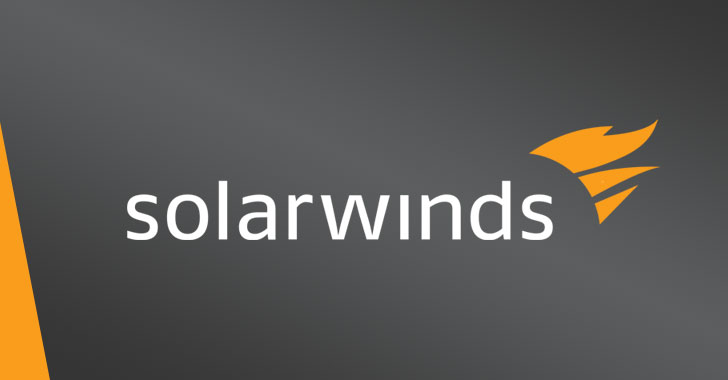The UK government has released details showing that its current programme to roll out fibre broadband across the UK has had the happy unintended consequence of driving up property values.
The government outlined plans in December 2019 to make good on prime minister Boris Johnson’s pledge to work towards “delivering full-fibre [broadband] to every home in the land” by 2025, and then chancellor Sajid Javid committed £5bn of public funding to “support the roll-out of full-fibre, 5G and other gigabit-capable networks to the hardest-to-reach 20% of the country”.
However, by November 2020, the UK government began backtracking on its ambitious targets. When announcing his Spending Review in late November 2020, chancellor Rishi Sunak confirmed that the 2025 target for roll-out had been downgraded to 85% coverage by 2025 and the original commitment to provide £5bn of public funding for hard-to-reach areas had been reduced to £2.6bn.
A December 2020 a parliamentary committee members report on broadband and the road to 5G from the Department of Culture Media and Sport (DCMA) later declared the 85% target as unrealistic. Only weeks later, the UK’s Public Accounts Committee (PAC) slammed DCMS for a mass of general failures in its plans to roll out gigabit-capable broadband by 2025, further warning of digital inequality compounding the economic inequality “harshly” exposed by Covid-19.
Yet the UK government now claims that its £2.6bn programme to roll out superfast broadband – defined as providing a minimum of 30 Mbps download – to “commercially unviable” parts of the UK has resulted in more than 96% of homes and businesses to have access to broadband connectivity, allowing multiple people to hold video calls, watch high-definition movies and enjoy online gaming at the same time. Household which have taken a fibre package but is unable to get superfast speeds 30Mbps because of distance to the cabinet is not included in this figure.
The independent review of the Superfast Broadband Programme, conducted by Ipsos Mori, found that for every £1 invested by the government in the programme, an additional £2.70 to £3.80 of economic and social benefits has been created in the UK economy.
It claimed that with faster connections for 5.5 million homes and businesses, superfast broadband created £2.7bn in economic benefits since starting in 2012.
This includes a surge in in the value of homes sold in programme areas between 2012 and 2019 by up to £3,500, a rise of 1.16% worth £1.52 bn; 17,600 more jobs in programme areas, including 2,100 lifted from long-term unemployment creating an increase in gross value added (GVA) by £125m; and £1.1bn gained in GVA through increased workplace productivity.
In addition, it said the availability of faster coverage also helped empower businesses and sparked a £1.9bn increase in total annual turnover for firms based in areas upgraded through the programme.
The UK is on track to connect 4.5 million premises per year – a higher build rate than most comparable countries – and assures that more than half the country will have access to gigabit-capable networks by the end of this year.
But as the gigabit broadband plans gets in to gear, UK digital secretary Oliver Dowden conceded that two in five UK homes (around 11 million) are yet to upgrade to superfast despite it being available in their area.
“Our mission to level up the country with faster broadband is delivering much more than just quicker downloads. It’s boosting the value of homes and businesses while helping to create thousands of jobs and keep the economy moving,” said Dowden.
“Some 96% of us can now access superfast broadband, but 11 million homes are still missing out on faster speeds available in their area. I encourage anyone fed up with slow loading times or shaky video calls to check with their provider or an online switching service to see if they can join the superfast lane.”








/https://specials-images.forbesimg.com/imageserve/601a83c055d044787dcb9bcd/0x0.jpg)




